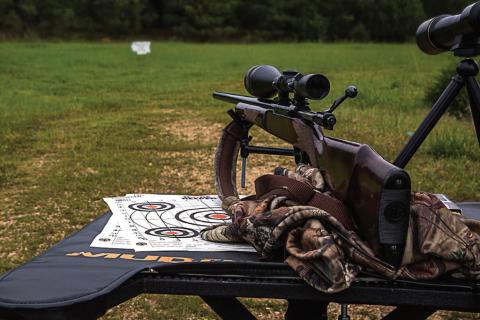Allen “Horntagger” Morris | Originally published in GameKeepers: Farming for Wildlife Magazine. To subscribe, click here.
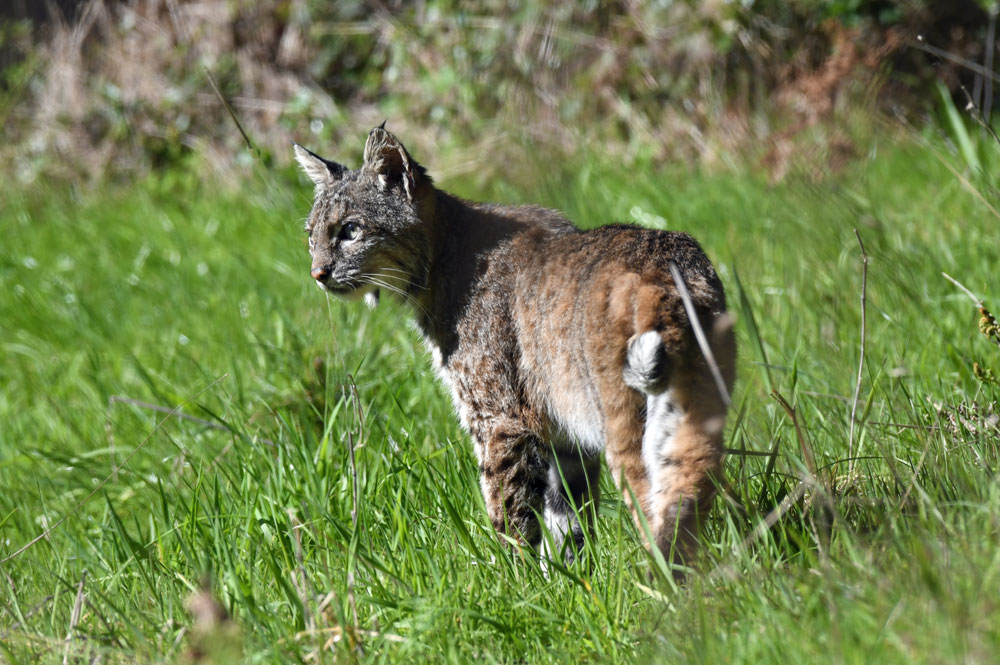
Aldo Leopold is the father of wildlife conservation. He is a true American hero and someone that you will never be told about in school unless you start to take classes in wildlife management. As Aldo Leopold wrote in his 1933 textbook entitled Game Management, "The central thesis of game management is this: game can be restored by the creative use of the same tools which have heretofore destroyed it—ax, plow, cow, fire, and gun.” Not to disagree with my role model, but he did teach us to find our own path. That’s where trapping comes in. It is exactly the piece of the puzzle that is missing from most managers list of chores and that one piece that can help make the puzzle whole. Not one item by itself can stand alone to improve wildlife but all; the ax, plow, cow, fire, gun, and trapping can significantly improve most game species on your property.
True Hunters
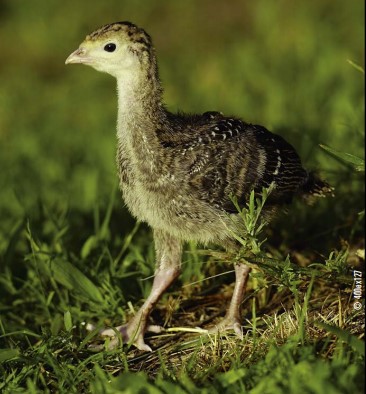
Efficient predators like bobcats can wipe out the entire
brood.
You may be a turkey hunter, quail hunter, deer hunter, rabbit hunter or waterfowl hunter and even though only a few seasons may still be going when trapping season starts, that’s not the time of year to sit in the house waiting for spring. While you wait, those “true hunters” (those whose life depends on it) are hunting your game. There are numerous potential predators of wild turkeys and deer. Skunks, foxes, bobcats, coyotes, raccoons and opossums, are the primary predators and those “true hunters.” Generally, less than half of all nesting attempts are successful. The fact that wild turkeys nest on the ground and require a total of six weeks to lay and incubate eggs, makes the hens and their nests vulnerable to predation and human disturbance (destroying nests by burning, mowing, and disking). Common predators of turkey eggs include raccoons, skunks, fox, and opossums. Mortality rates of poults generally range from 70 to 80 percent or higher, especially during their first two weeks of life, when they are unable to fly and roost under the hen on the ground. Two of the poult predators, the raccoon, and bobcat, cause the greatest loss. Bobcats can reduce a brood of turkeys to near zero. They can also be an effective predator of fawns and even young deer. Raccoons will take advantage of any and all food sources. A large male raccoon called a "boar," can and will also kill a newborn fawn.
Foxes and coyotes are also important predators to keep track of. The coyote, which is an intelligent animal, is one of the top predators because they work in packs and are very effective at adapting to new environments. Deer fawn kills from coyotes are quite high. According to documented research, coyotes, when present, account for approximately 50 percent of documented fawn deaths. As a small landowner, an observation that I found disturbing was from 2007-2011, with somewhere in the neighborhood of 150,000 game camera photos per year, there was not one photo of a poult. I knew that there was a healthy population of bobcats because I had seen five during the first half of bow season. Even the game cameras placed over kills that I like to call “carcass cameras” would have bobcats being the first and most frequent visitors at our field dressing remnants. One season of trapping bobcats, raccoons, and opossum and I had personal observations of poults and game camera photos of multiple hens with poults. Even with that in mind, one season of trapping is not a game changer. I still had bobcats stalking yearlings on camera, and a buck I shot during bow season late one afternoon had laid down to expire and was jumped by a bobcat. The cat drove the deer an additional hundred yards before it expired and then ate five pounds from the back leg before covering the deer entirely in leaves. The only thing visible was one side of its rack and one ear.
Landowner Trapper
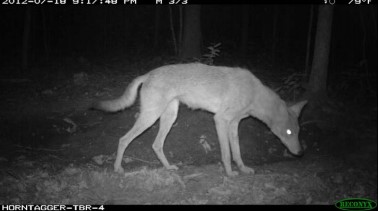
coyotes used to mainly hunt solo or in pairs, you would
rarely see large packs. Now it’s very common for them
to hunt in packs and they can take down mature
whitetail bucks.
Keep one thing in mind: Unless you are trapping hundreds of acres and you live on or nearby your property, you’re not doing this to make a profit. For me, it is a 65-mile round-trip daily to trap 81 acres. You’re doing it as a land management tool. This is where the new term I like to call “landowner trapper” comes in. It’s a great way to get a few furs or some taxidermy to put around your “man-cave,” but on the flip side, there’s nothing keeping you from making a little money either. If you can find the local fur trader, you can make a little money to help you buy more traps, help pay for fuel or whatever you decide to do. Even as a landowner trapper I keep my trap line just off my roads and ATV trails so that I can run my trap line using my ATV and easily carry my trapping supplies. This also makes it easier to carry multiple animals back to the truck or cabin. As a landowner trapper, trapping will become a big part of your management plan. If you don’t know how to trap you can get help from your state’s “Trappers Association,” Department of Game and Fish or possibly a local veteran trapper. If you don’t have time, allow another trapper to set some of their lines on your property. Either way, your state’s Game and Fish Department will be your number one source to find out what the trapping laws and regulations are for your area.
You can also find lots of great trapping information with today’s modern how-to videos on YouTube, from dying, waxing, anchoring and setting traps, even skinning and fleshing hides – it’s probably the best way to start from scratch. You can get some of these supplies at local sporting goods or hardware stores, but for the most part, trapping is not the most popular activity so the stores probably won’t stock everything you will need. There are so many companies that make traps and so many different styles of traps, far too many to list. So below will be some great sources to get catalogs from, then you can choose for yourself.
Gear Up
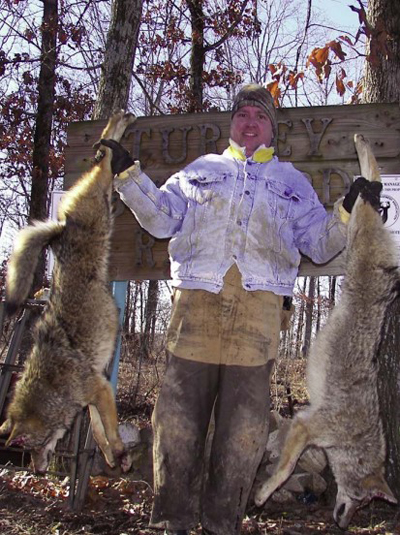
turkeys, pheasants or other game species? Just try
trapping for one season and pay close attention – you’ll see
for yourself how effective it can be. Here’s the author with a
couple nice coyotes.
Minnesota Trapline Products, Inc. and F&T Fur Harvester's Trading Post are the leading suppliers of animal control traps, snares, trapping lures and baits, and trap line accessories if you are looking for the best sources these are the guys that can help you.
Learn the Trade
A great source on trapping information is The Management Advantage which now is a web series. Shows number 18 and 19 cover trapping. The Growing Deer TV web series at features some shows during the 2011 and 2012 seasons that also has some great trapping information. F&T Fur Harvester’s Trading Post has a TV show on cable that is all about trapping. All of these together will give you some great tips to become a better trapper.
Here is a list of different things as a landowner trapper I suggest and you may want to look into to when getting started. It may seem long, but it’s not as bad as it seems if you accumulate items over time. Different methods require different tools so you don’t need everything at once. To begin all you need are a few snares and some anchors. These are just what I prefer, which I am sure will also change over time. Try to prepare during the offseason and get your traps ready while the weather is nice outside.
- 22 Rifle and rounds
- Backpack
- Knives
- Cage traps of all sizes
- Leg-hold traps of different sizes
- Duke DP “Dog Proof” coontraps
- White spray paint for coon traps helps them to be noticed by coons.
- Large tin cans to put on top of Duke DP CoonTraps (keeps birds and squirrels out).
- Dry dog food or cat food for coontraps.
- Waterproof gloves (elbow length trapper’s gloves work great)
- Natural sheep’s wool is an excellent lure holder, has great eye appeal, and has a smell of its own that’s very attractive to predators.
- Fox Hollow "GH-II"- The hottest selling predator attractor on the market.
- J-hook rivets to hook traps to cable or chain.
- Sifter to cover leghold traps
- Screen wire to put over pan triggers
- Dirt hole auger makes making dirt hole sets faster
- Sod-Buster Hammer helps dig out trap beds
- Trap dye
- Odorless trap wax
- Quick Links to hook traps to cable or chain
- Pogo Stick heavy duty driver, anchors, two-inch washers and one-eighth-inch wire at 36 inches long
- Imprinted copper trap tags
- Heavy duty tail stripper
- Chain gambrel
- Rubber gloves
- Covered bucket for dry dirt
- Boxes, bags, and buckets to keep trapping supplies in.
- Cordless Drill
Data Collection
As a landowner, manager and hunter you should be keeping track of everything—from deer and turkey weights, age of deer, to the number of bucks and does on your game cameras. Trapping is no different, remember to keep track of your of data such as; year, date, running totals, weight, length, gender, and how many traps you are using along with the type of trap used. You will learn over the years the trend on your property each season and from season to season.
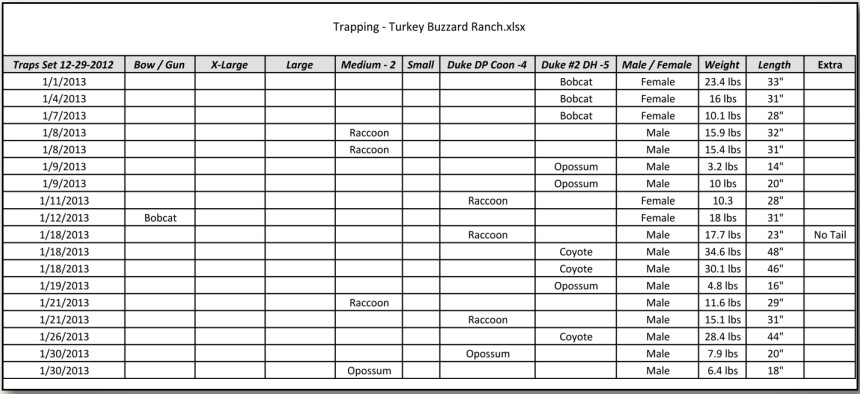
- Typical Weight of Bobcat – Female 10 to 18 pounds – Males 20 to 30 pounds
- Typical Weight of Coyote – Female 18 to 30 pounds – Males 25 to 35 pounds
- Typical Weight of Red Fox – Eight to 12 pounds
- Typical Weight of Gray Fox – Seven to 10 pounds
- Typical Weight of Skunk – Three to Eight pounds
- Typical Weight of Opossum – Four to 15 pounds
- Typical Weight of Raccoon – 12 to 30 pounds
Mind Blowing Odds

worst nest predators for upland birds and turkeys.
The best thing about trapping from a hunter’s standpoint will be extending your season. The best thing from an outdoor photographer standpoint is great opportunities for photos, so don’t forget to always have your camera with you. If you need any more reasons, there’s also the challenge. Trapping is a big part of a management plan and each year I am getting more and more into the experience. What amazes me about trapping (trying to put it into perspective in my own mind, on my own property) is placing a trap on what you believe to be a travel lane and having an animal step on a two-inch circle out of hundreds of acres - those are just mind blowing odds. You will know what I mean the first time you walk up on a bobcat or coyote. Just keep this in mind—trapping is not the final solution, but just a piece of the puzzle. Every animal you take effects the other animals in that habitat. Trapping will not remove all the predators, but predator control is still an important aspect of game management. Habitat management is also part of the puzzle. Making sure they have proper cover, great food sources and clean water will help them survive the list of these “true hunters.” The National Wild Turkey Federation, Quality Deer Management Association and State Game and Fish Departments have tons of free information to help…don’t ignore it.

















